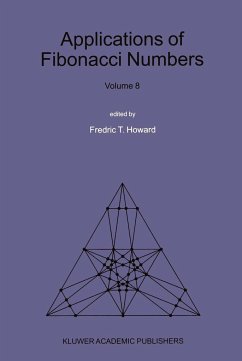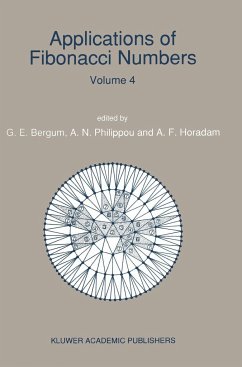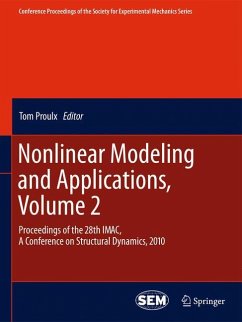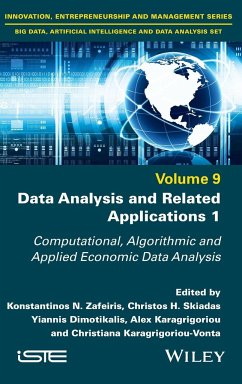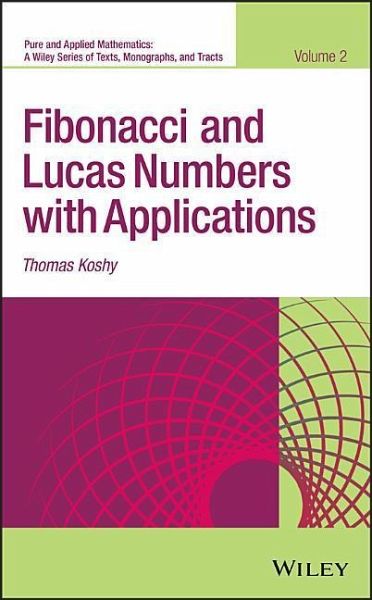
Fibonacci and Lucas Numbers with Applications, Volume 2
Versandkostenfrei!
Versandfertig in über 4 Wochen
114,99 €
inkl. MwSt.
Weitere Ausgaben:

PAYBACK Punkte
57 °P sammeln!
Volume II provides an advanced approach to the extended gibonacci family, which includes Fibonacci, Lucas, Pell, Pell-Lucas, Jacobsthal, Jacobsthal-Lucas, Vieta, Vieta-Lucas, and Chebyshev polynomials of both kinds. This volume offers a uniquely unified, extensive, and historical approach that will appeal to both students and professional mathematicians. As in Volume I, Volume II focuses on problem-solving techniques such as pattern recognition; conjecturing; proof-techniques, and applications. It offers a wealth of delightful opportunities to explore and experiment, as well as plentiful mater...
Volume II provides an advanced approach to the extended gibonacci family, which includes Fibonacci, Lucas, Pell, Pell-Lucas, Jacobsthal, Jacobsthal-Lucas, Vieta, Vieta-Lucas, and Chebyshev polynomials of both kinds. This volume offers a uniquely unified, extensive, and historical approach that will appeal to both students and professional mathematicians. As in Volume I, Volume II focuses on problem-solving techniques such as pattern recognition; conjecturing; proof-techniques, and applications. It offers a wealth of delightful opportunities to explore and experiment, as well as plentiful material for group discussions, seminars, presentations, and collaboration. In addition, the material covered in this book promotes intellectual curiosity, creativity, and ingenuity. Volume II features: * A wealth of examples, applications, and exercises of varying degrees of difficulty andsophistication. * Numerous combinatorial and graph-theoretic proofs and techniques. * A uniquely thorough discussion of gibonacci subfamilies, and the fascinating relationships that link them. * Examples of the beauty, power, and ubiquity of the extended gibonacci family. * An introduction to tribonacci polynomials and numbers, and their combinatorial andgraph-theoretic models. * Abbreviated solutions provided for all odd-numbered exercises. * Extensive references for further study. This volume will be a valuable resource for upper-level undergraduates and graduate students, as well as for independent study projects, undergraduate and graduate theses. It is the most comprehensive work available, a welcome addition for gibonacci enthusiasts in computer science, electrical engineering, and physics, as well as for creative and curious amateurs.





